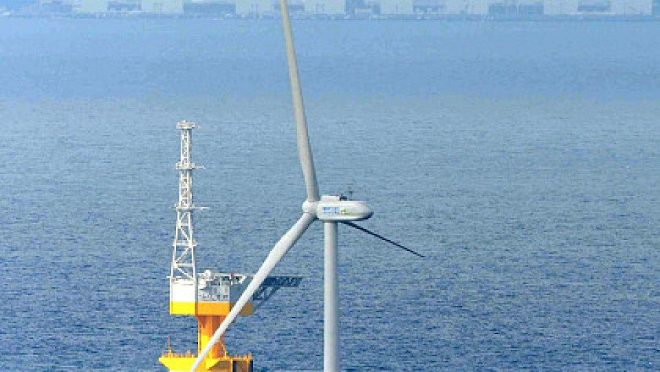Japan’s energy market has been undergoing a significant transformation in recent years, with the government pushing for a greater reliance on renewable energy sources. This shift has been driven by a combination of factors, including the need to reduce greenhouse gas emissions, the desire to reduce dependence on imported fossil fuels, and the aftermath of the 2011 Fukushima nuclear disaster. One renewable energy source that has garnered considerable attention is offshore wind power, which has the potential to play a significant role in Japan’s energy mix.
Offshore wind power has several advantages over other renewable energy sources, such as solar and onshore wind. Offshore wind farms can be built in deeper waters, where wind speeds are generally higher and more consistent, resulting in greater energy production. Additionally, offshore wind turbines can be larger than their onshore counterparts, further increasing their power generation capacity. Furthermore, offshore wind farms have less of an impact on local communities, as they are typically located far from residential areas, reducing concerns about noise and visual pollution.
Japan has a long coastline and a number of suitable locations for offshore wind development. The country’s waters are characterized by relatively shallow depths and high wind speeds, making them ideal for the installation of offshore wind turbines. In fact, a recent study by the Japan Wind Power Association (JWPA) estimated that Japan has the potential to generate up to 608 GW of offshore wind power, which is more than six times the country’s current total installed power generation capacity.
Recognizing this potential, the Japanese government has set ambitious targets for the development of offshore wind power. In its 2018 Basic Energy Plan, the government outlined a goal to increase the country’s offshore wind capacity to 10 GW by 2030, and to 30-45 GW by 2040. To achieve these targets, the government has introduced a number of policies and initiatives aimed at promoting the growth of the offshore wind industry.
One such initiative is the introduction of a feed-in tariff (FIT) system for offshore wind power, which guarantees a fixed price for the electricity generated by offshore wind farms for a period of 20 years. This has provided a stable revenue stream for developers and has helped to attract investment in the sector. Additionally, the government has established a dedicated offshore wind promotion office within the Ministry of Economy, Trade, and Industry (METI) to streamline the permitting process and provide support to developers.
Despite these efforts, there are still several challenges that need to be overcome in order to fully realize the potential of offshore wind power in Japan. One of the main obstacles is the high cost of developing offshore wind projects, which is partly due to the country’s lack of experience in the sector and the need to import key components, such as turbines, from overseas. However, as the industry matures and domestic supply chains are developed, it is expected that costs will decrease.
Another challenge is the need to upgrade and expand Japan’s electricity grid to accommodate the increased generation capacity from offshore wind farms. This will require significant investment in transmission infrastructure, as well as the development of advanced grid management technologies to ensure the stability and reliability of the power supply.
In conclusion, offshore wind power has the potential to play a significant role in Japan’s energy market, helping the country to reduce its reliance on imported fossil fuels and achieve its climate change goals. While there are still challenges to be overcome, the government’s commitment to supporting the growth of the industry, combined with the country’s favorable natural conditions, suggest that offshore wind power has a bright future in Japan.

